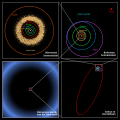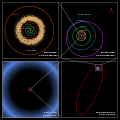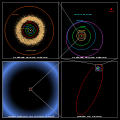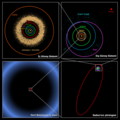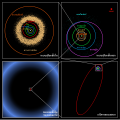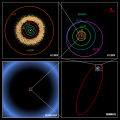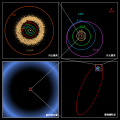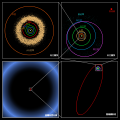ไฟล์:Oort cloud Sedna orbit.jpg
หน้าตา
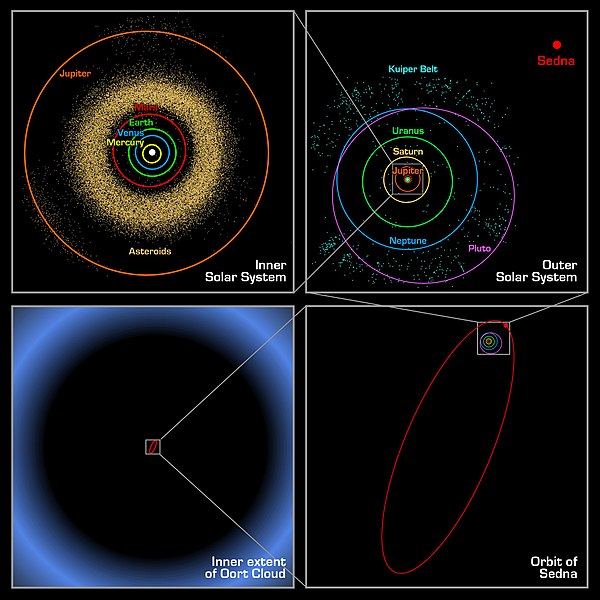
ขนาดของตัวอย่างนี้: 600 × 600 พิกเซล ความละเอียดอื่น: 240 × 240 พิกเซล | 480 × 480 พิกเซล | 768 × 768 พิกเซล | 1,024 × 1,024 พิกเซล | 2,499 × 2,499 พิกเซล
ดูภาพที่มีความละเอียดสูงกว่า (2,499 × 2,499 พิกเซล, ขนาดไฟล์: 542 กิโลไบต์, ชนิดไมม์: image/jpeg)
ประวัติไฟล์
คลิกวันที่/เวลาเพื่อดูไฟล์ที่ปรากฏในขณะนั้น
| วันที่/เวลา | รูปย่อ | ขนาด | ผู้ใช้ | ความเห็น | |
|---|---|---|---|---|---|
| ปัจจุบัน | 15:48, 19 กันยายน 2548 |  | 2,499 × 2,499 (542 กิโลไบต์) | Bricktop | larger |
| 07:05, 24 มีนาคม 2548 | 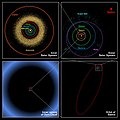 | 577 × 577 (47 กิโลไบต์) | Smartech~commonswiki | {{PD-USGov-NASA}} |
หน้าที่มีภาพนี้
ไม่มีหน้าใดโยงมาที่ภาพนี้
การใช้ไฟล์ข้ามโครงการ
วิกิอื่นต่อไปนี้ใช้ไฟล์นี้:
- การใช้บน ba.wikibooks.org
- การใช้บน bg.wikipedia.org
- การใช้บน bn.wikipedia.org
- การใช้บน bn.wikibooks.org
- การใช้บน cs.wikipedia.org
- การใช้บน da.wikipedia.org
- การใช้บน de.wikibooks.org
- การใช้บน el.wikipedia.org
- การใช้บน en.wikipedia.org
- การใช้บน en.wikibooks.org
- การใช้บน es.wikipedia.org
- การใช้บน fi.wikipedia.org
- การใช้บน fr.wikibooks.org
- การใช้บน hu.wikipedia.org
- การใช้บน id.wikipedia.org
- การใช้บน is.wikipedia.org
- การใช้บน it.wikipedia.org
- การใช้บน kn.wikipedia.org
- การใช้บน lt.wikipedia.org
- การใช้บน mr.wikipedia.org
- การใช้บน ms.wikipedia.org
- การใช้บน mt.wikipedia.org
- การใช้บน nds.wikipedia.org
- การใช้บน nl.wikipedia.org
- การใช้บน oc.wikipedia.org
- การใช้บน pl.wikipedia.org
- การใช้บน pms.wikipedia.org
- การใช้บน pnb.wikipedia.org
- การใช้บน sh.wikipedia.org
- การใช้บน simple.wikipedia.org
- การใช้บน sk.wikipedia.org
ดูการใช้ข้ามโครงการเพิ่มเติมของไฟล์นี้





